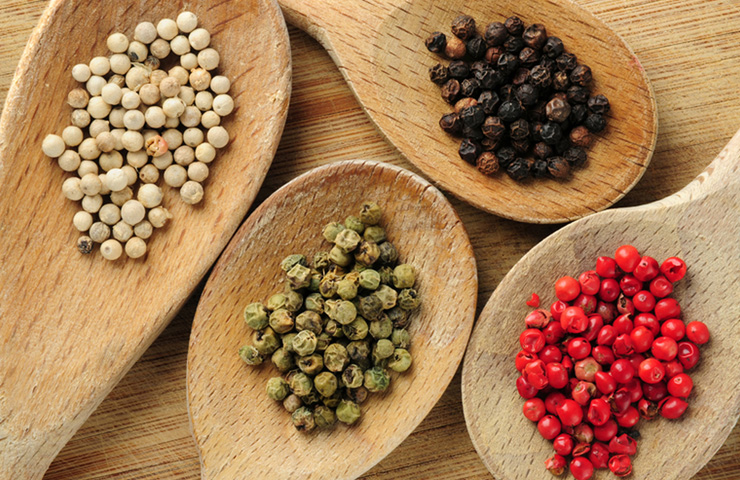Today’s pepper price in Vietnam market is stable in some localities, trading from 70,000 to 73,500 VND/kg.
After a period of continuous decline in the middle of the month, the market gradually regained its upward momentum. Compared to July 1, 2022, domestic pepper prices are higher by 1,000-1,500 VND/kg. Along with that, Vietnam’s export price of black and white pepper increased by 100 USD/ton, equivalent to 3,750 USD/ton of 550g/l black pepper and 5,800 USD/ton for white pepper.
The increase in buying from the Chinese market and the slight decrease of the dollar are positive factors that have helped domestic pepper prices increase continuously from mid-July 2022 until now.
According to the Vietnam Pepper Association, in the first 6 months of 2022, Vietnam exported more than 125,000 tons of pepper, with a total turnover of nearly 570 million USD. Compared to the same period last year, the export volume of pepper decreased by over 19%, however, due to the increase in export prices, the value of export turnover increased by 13.5%. Vietnamese pepper in the first 6 months of the year accounted for 55% of the global market share, the largest in the world.
The leading export market of Vietnamese pepper is Asia (accounting for 44% market share), then the Americas (26.4%), Europe (23.9%) and Africa (5.3%). , but compared to the same period last year, the amount of pepper imports from these markets decreased.

According to Mr. Le Viet Anh, Chief of Office of the Vietnam Pepper Association, said difficulties and challenges with Vietnam’s pepper exports in recent years were due to the influence of conflicts in Eastern Europe, rising oil prices, economic inflation… caused global demand to decrease, so the import volume of pepper and spices of all countries decreased.
While the Chinese market pursues the policy of zero Covid-19, so from the second largest pepper importer in the world from 50-60,000 tons/year, in the first 6 months of 2022, this country only imported about 6,000 tons… huge decrease.
Besides, climate change is complicated, making it very difficult to grow and produce pepper and spices. In addition, the situation of pests and diseases, hybrid varieties, but no purebred varieties… are greatly affecting production.
Another difficulty is the increasing technical barriers of markets, especially European and American markets, conditions on pesticide residues are continuously introduced with lower levels, causing difficulties for businesses.
On the other hand, the high price of input materials such as drugs, fertilizers, labor, freight, fuel… affects the profits of enterprises and farmers.
Moreover, the competition is increasing among producing countries such as Brazil, Indonesia, Cambodia because the quality of pepper in these countries is rising strongly, in addition to the quality when exporting, the export freight rates of these countries are also competitive.
Finally, due to lack of information on market demand as well as information on policy changes of importing countries, especially in Africa.


 中文 (中国)
中文 (中国)